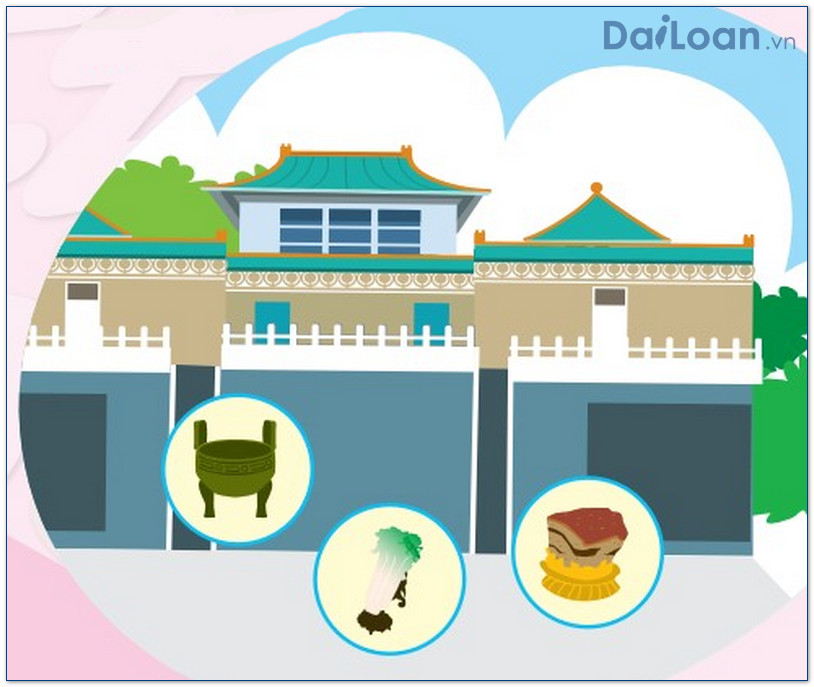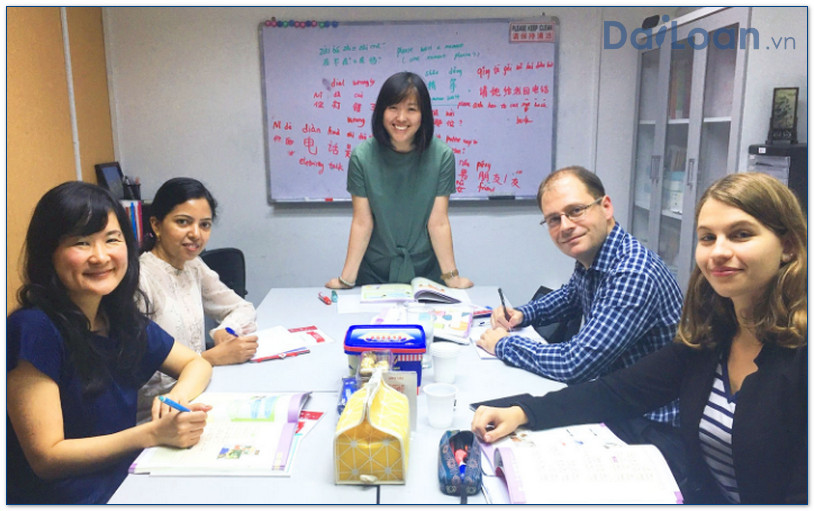In the study of the Chinese language, grasping the meanings and usages of specific terms is crucial for learners. One such term is 並肩 (bìng jiān), which plays a significant role in conversational and written Chinese. This article delves into its meaning, grammatical structure, and provides a variety of example sentences to illustrate its practical application.
What Does 並肩 (bìng jiān) Mean?
The term 並肩 (bìng jiān) translates to “side by side” or “shoulder to shoulder” in English. It conveys the idea of being close together, either physically or metaphorically. This phrase can be used to describe people walking or standing together, working jointly towards a common goal, or even implying emotional support or partnership.
Grammatical Structure of 並肩
Understanding the grammatical structure of 並肩 (bìng jiān) is essential for correct usage in sentences. In terms of its grammatical function, it serves primarily as a verb or a verbal phrase. Here’s a breakdown of its components:
Composition of 並肩
- 並 (bìng): This character means “to combine” or “to be parallel.” It is often used in contexts where two or more elements are brought together.
- 肩 (jiān): This character means “shoulder.” Symbolically, it represents support, strength, and companionship.
Sentence Structure
When using 並肩 in a sentence, it typically follows the subject or the main action of the sentence. Here are a few ways to structure sentences with 並肩 (bìng jiān):
- Subject + 並肩 + Verb: E.g., 他们并肩走在公园里。 (Tāmen bìng jiān zǒu zài gōngyuán lǐ.) – They walk side by side in the park.
- Subject + Verb + 並肩: E.g., 我们一起并肩工作。 (Wǒmen yīqǐ bìng jiān gōngzuò.) – We work side by side together.
Example Sentences Using 並肩
To deepen your understanding of 並肩 (bìng jiān), here are several examples that demonstrate its usage in various contexts:
Example 1: Physical Proximity
在比赛中,他们并肩跑向终点。
(Zài bǐsài zhōng, tāmen bìng jiān pǎo xiàng zhōngdiǎn.)
Translation: They ran side by side towards the finish line in the competition.
Example 2: Emotional Support
在困难的时刻,我们需要并肩面对挑战。
(Zài kùnnán de shíkè, wǒmen xūyào bìng jiān miànduì tiǎozhàn.)
Translation: In difficult times, we need to face challenges shoulder to shoulder.
Example 3: Collaboration
老师和学生们并肩讨论问题。
(Lǎoshī hé xuéshēngmen bìng jiān tǎolùn wèntí.)
Translation: The teacher and the students discussed the issues side by side.
The Importance of Context
While 並肩 (bìng jiān) can be straightforward in many uses, understanding the context in which it is employed is crucial for conveying the intended meaning. Whether referring to physical presence or metaphorical support, context will shape how this phrase is interpreted.
Conclusion
In summary, 並肩 (bìng jiān) is a versatile term in the Chinese language that signifies the idea of standing or working closely together. By understanding its meaning, grammatical structure, and usage in various sentences, you can enhance your proficiency in Chinese. Continue to practice with example sentences, and soon you will find yourself comfortably using this term in everyday conversation.

Sứ mệnh của Chuyên là giúp đỡ và truyền cảm hứng cho các bạn trẻ Việt Nam sang Đài Loan học tập, sinh sống và làm việc. Là cầu nối để lan tỏa giá trị tinh hoa nguồn nhân lực Việt Nam đến với Đài Loan và trên toàn cầu.
CÓ THỂ BẠN QUAN TÂM
Du học Đài Loan
Lao Động Đài Loan
Việc Làm Đài Loan
Đơn Hàng Đài Loan
Visa Đài Loan
Du Lịch Đài Loan
Tiếng Đài Loan
KẾT NỐI VỚI CHUYÊN
Zalo: https://zalo.me/0936126566
Website: www.dailoan.vn




